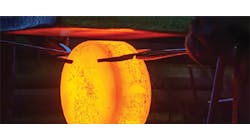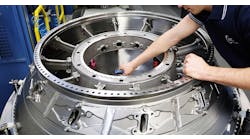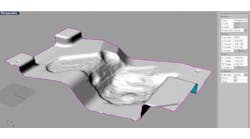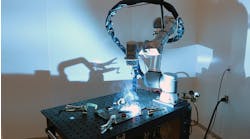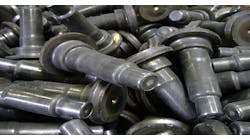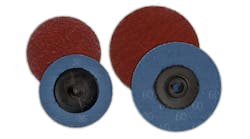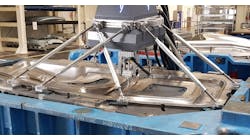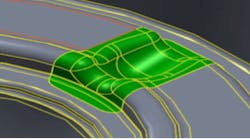Recently the FIERF Board of Trustees identified four research projects it will support throughout the current year, in expectation of wider benefit to the forging industry.
Officially the FIERF Forging Foundation, the group operates as a supporting organization to the Forging Industry Association, with FIA a goal of supporting the industry through research and development and technical education. FIERF’s primary focus is to implement the Technology Roadmap, provide opportunity for collaborative research, funding technology development, and transfer technology to forging industry and users.
The four programs that the foundation agreed to support this year are:
“Additive Manufacturing …” Case Western Reserve University is the center for this research, which is evaluating AM evaluate as an option to replace flood welding for die repair, thereby eliminating the negative impact of the heat-affected zone. It’s also expected to establish methods for additively "coating" new dies with superior materials. Industrial partners are American Axle & Manufacturing, Inc. and TECT Power.
This project is one of seven to earn funding from the National Additive Manufacturing Innovation Institute, a joint initiative of the U.S. Depts. of Energy, Defense, and Commerce, along with NASA and the National Science Foundation.
The goals of the research at CWRU are:
• Identify and select methods of additive manufacturing with best promise for forging applications.
• Evaluate the mechanical properties of materials deposited by these methods on steel coupons.
• Use selected methods on forging tooling and monitor performance in production.
“Void Closure in Large Open-Die Forgings.”The Illinois Institute of Technology is continuing this program, with co-sponsorship and industrial support from A. Finkl & Sons. The “deliverable” objectives are:
• Experimentally validated equivalent strain for internal defect closure. The equivalent strain criterion will be provided for both clean and oxidized surfaces.
• Forging schedules needed to ensure equivalent strain for closure is achieved at the center of the billet. These will consider press capacity and productivity.
• Die-width ratio optimization to minimize forging pass variability, to ensure void closure along the length of the billet. Comparison of simulation software packages.
• Detailed documents (student theses and FIERF summary reports) providing the methodology used to obtain the results and conclusions.
“IR Thermometer/Pyrometer Usage.” At Marquette University, this project will study and document best practices for infrared thermometer and handheld pyrometer usage in forge shops, and quantify reading errors based on wavelength, single versus dual color, as well as multi-wave. Further points of investigation will be the effect of scale thickness on reading accuracy.
This project resulted from a discussion at a recent technical conference. Participants from industry expressed a need for further quantification of reading error, as well as documentation on appropriate selection criteria for temperature measurement devices. A best-practice booklet and an added education module on temperature measurement will be added to "Die School" after completion.
The industrial support for this project is provided by Queen City Forging Co. and Inductotherm Group.
“Warm Forging Process/Design Variables.”Ohio State University will study process and design variables at various warm forging temperatures. Three students will develop insight into the forging process, die design, and microstructures of forgings, thereby fulfilling FIERF's mission to train future forging industry workers.
These points will be evaluated for a typical automotive wheel spindle at forging temperatures of 650°C, 800°C, 950°C, and at hot forging temperature of 1,200°C for comparison:
• Lubricants, coatings and application method;
• Forging loads, die stresses, die design options, such as multiple shrink fits at various temperatures during start up and steady state;
• Die materials and coatings;
• Microstructure after forging.
